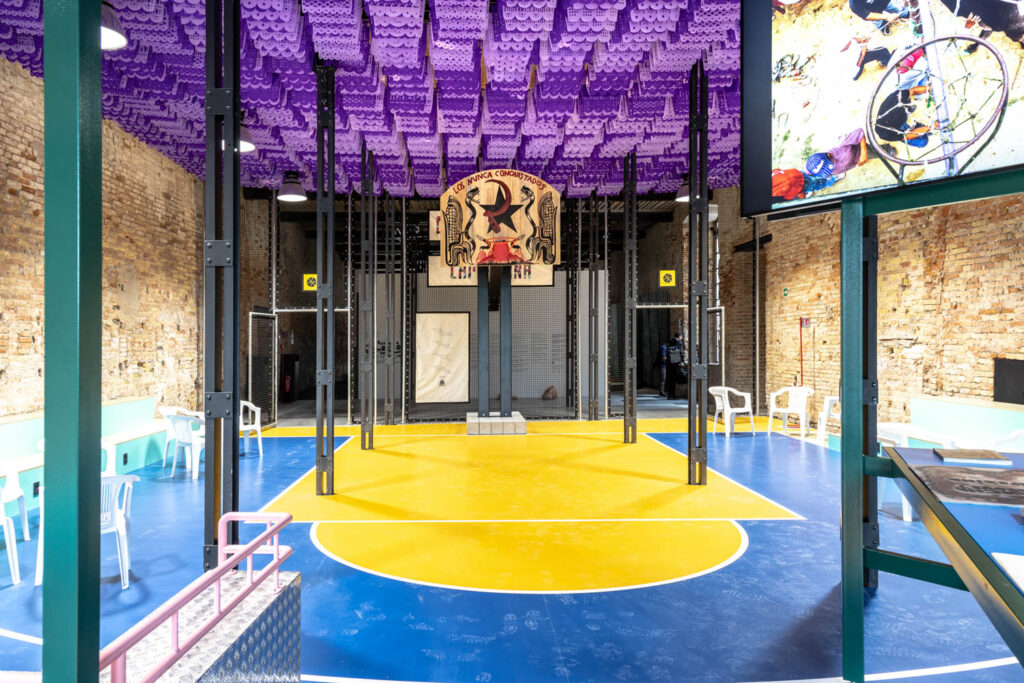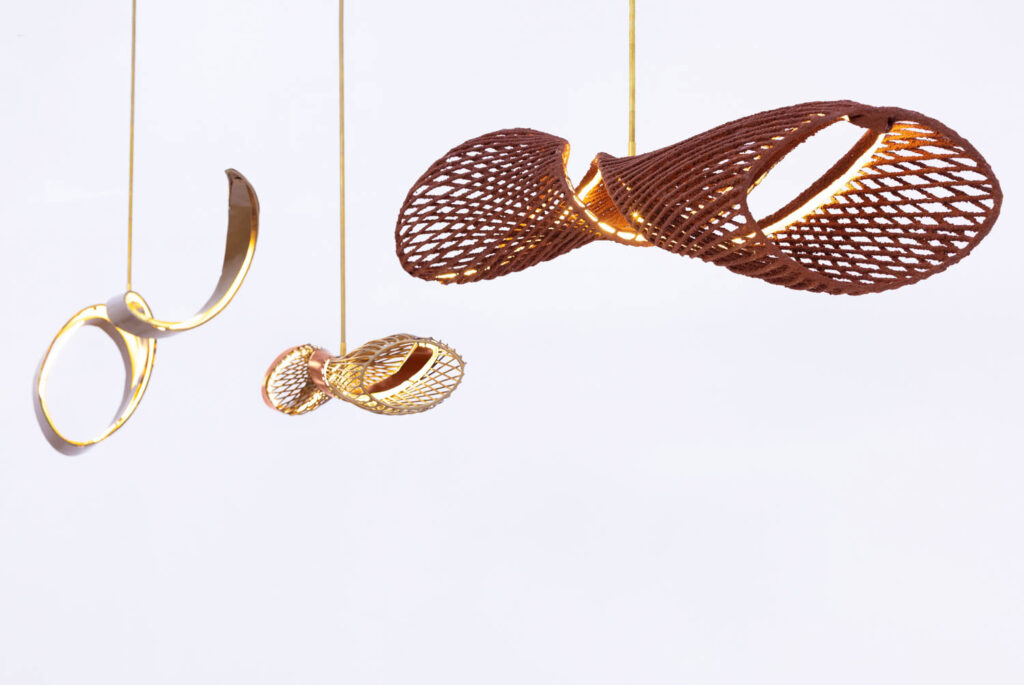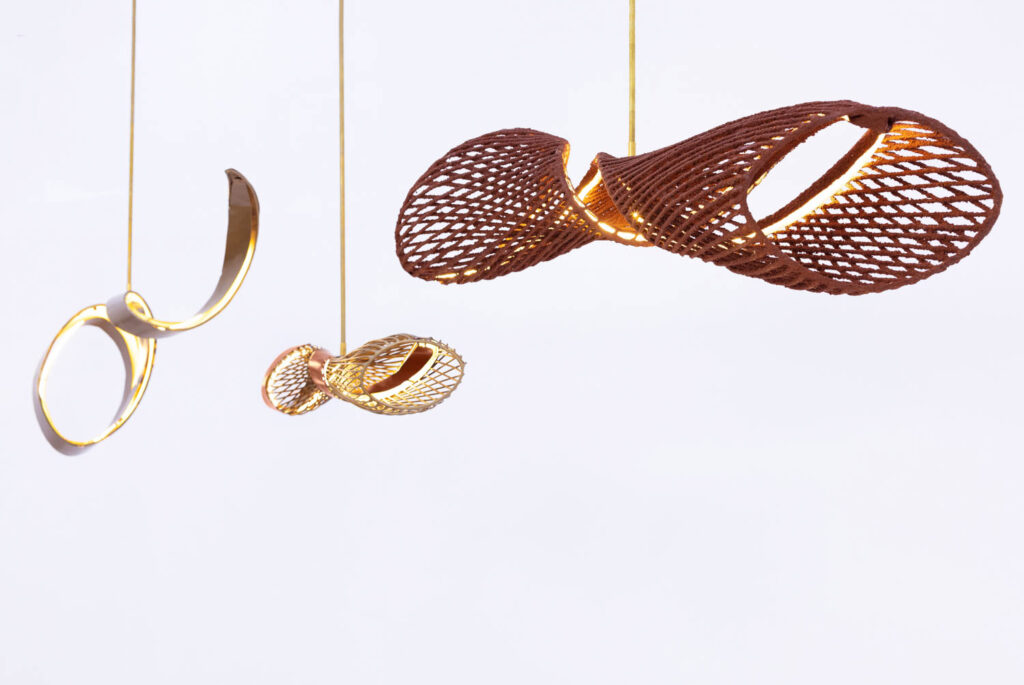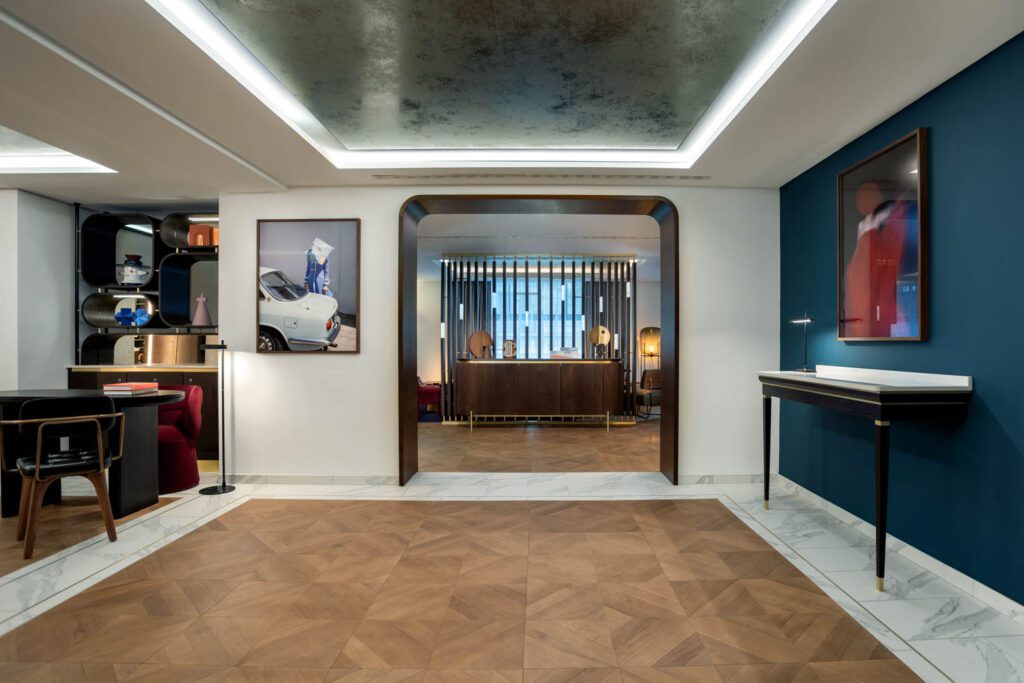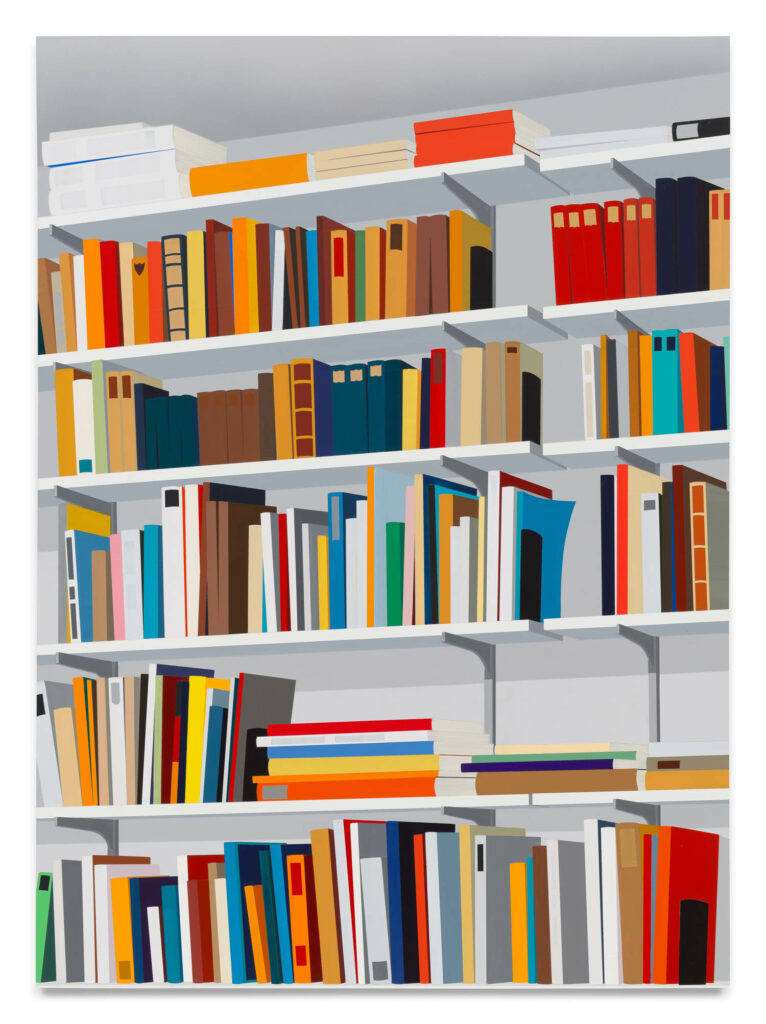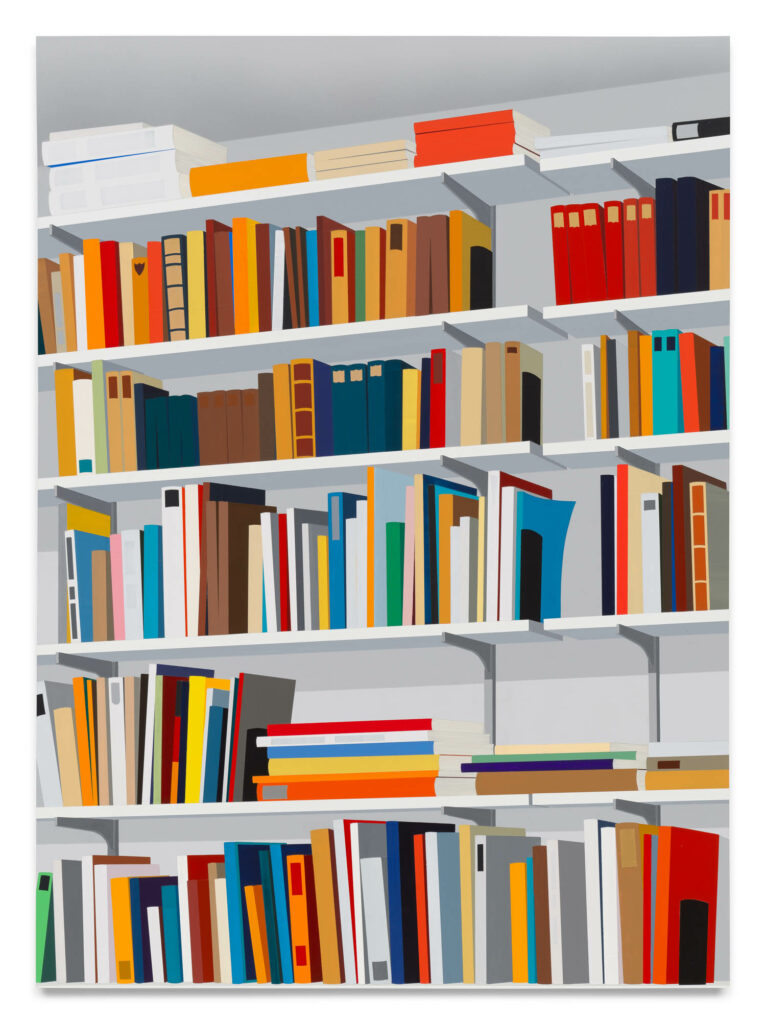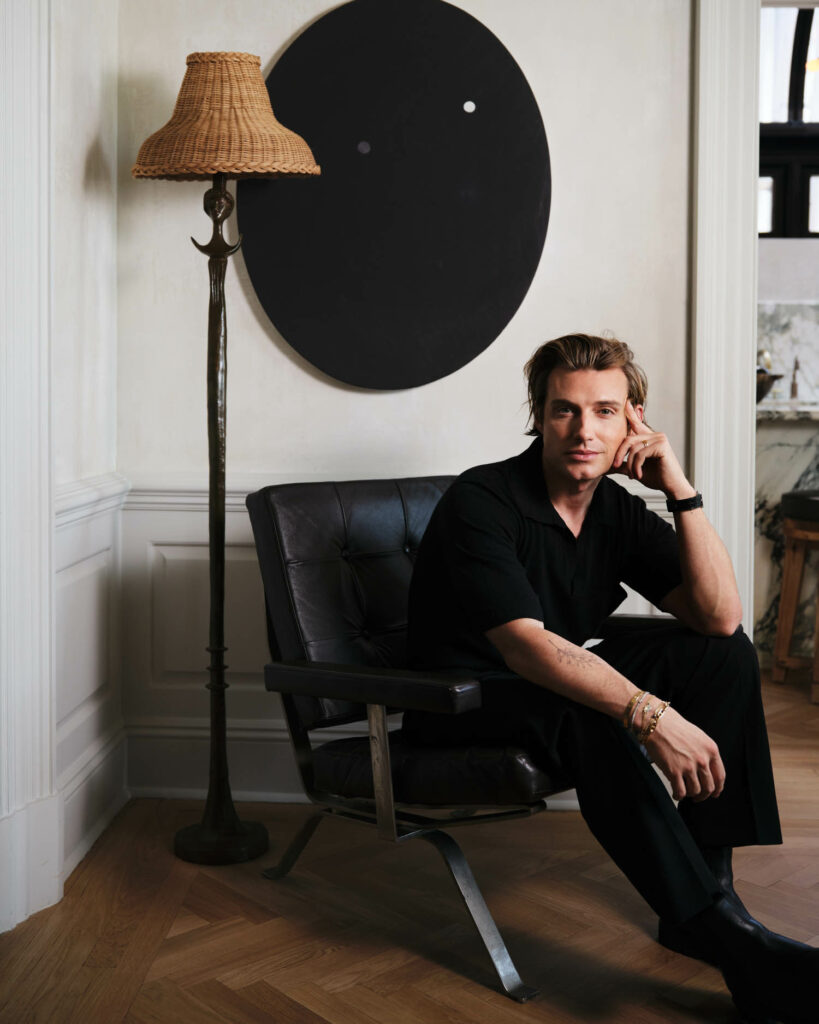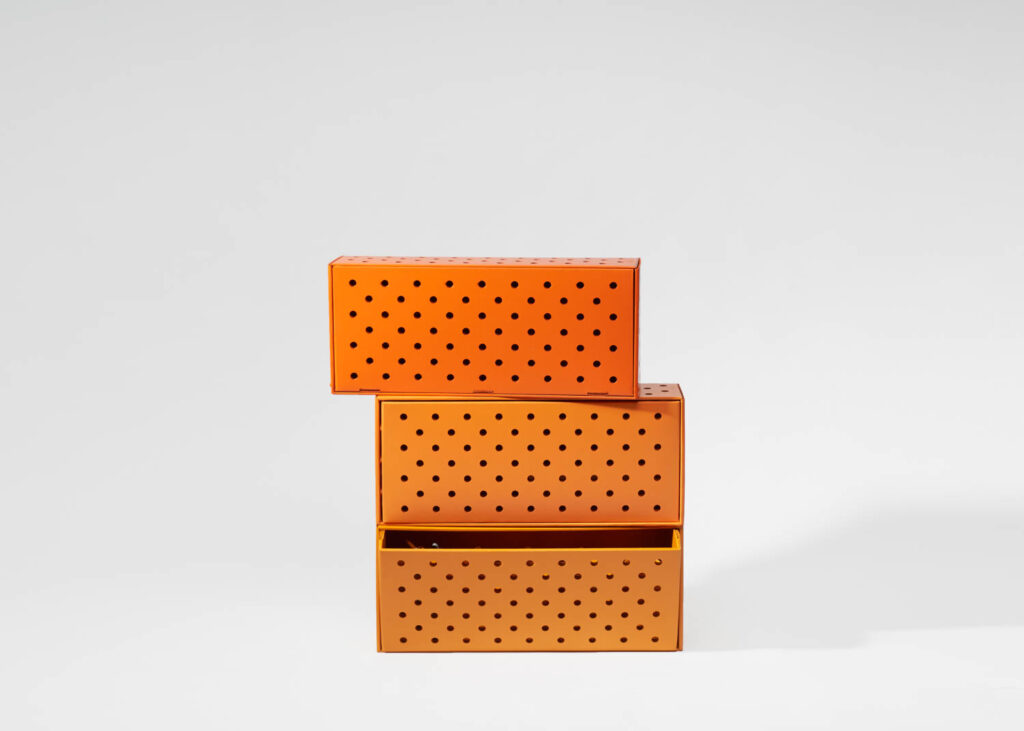
10 Questions With… Charles O. Job
When describing contemporary visionaries in the Nigerian architecture and design space, the name Charles O. Job is boldly called. For three decades, the Lagos-born, Zurich-based designer and architect has created projects that continue to define the zeitgeist of times while being functional, mechanical, and fluid.
His principle basks in interpreting and conceptualizing objects, or nature, and broadly reinventing these into a product that takes no finite shape of the original. One example is his cross-shaped, pocketed bookshelf named bukan, which he admits was inspired by kangaroos.

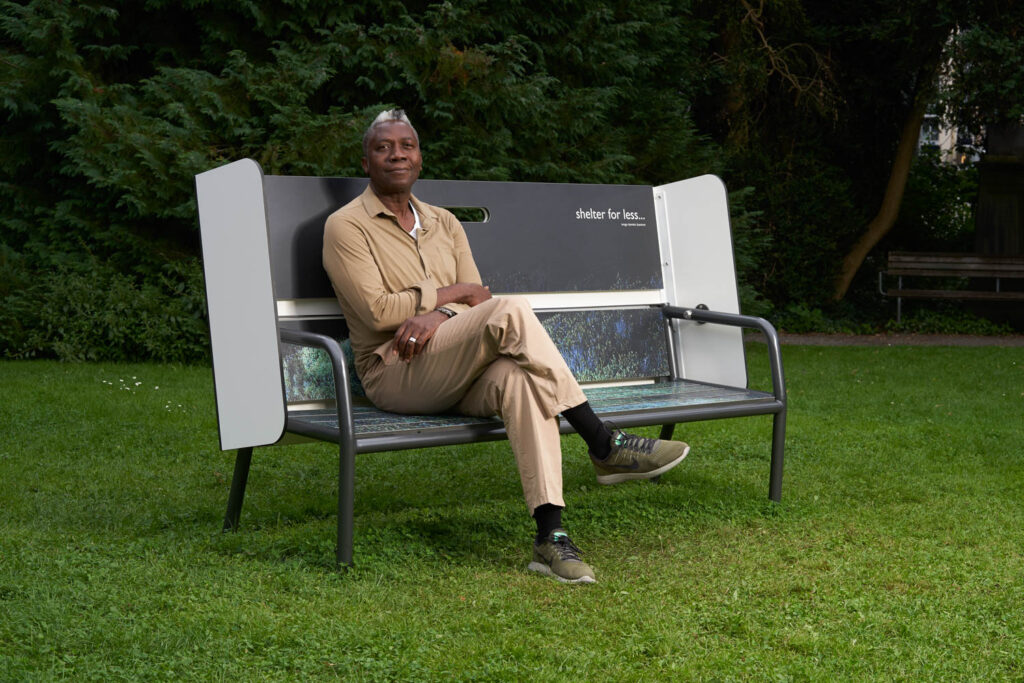
He has an enigmatic love for design and it does pays off, with several awards to his name over the past 30 years; he relives this excitement by showing me diaries of his latest sketches as we speak. With much enthusiasm, he shows me the product he had made for his daughter for Christmas—a wall mounted worktop called Flip. She had sent him a text appreciating his work and you can imagine the sweet-spirit as he read them out. “It’s an idea you have,” he says. “And then somehow, somebody produces it, and then suddenly it makes somebody else happy.”
The designer sat down with Interior Design, sharing insights into his journey with architecture and design, moving to Zurich, and maintaining work-life balance.
Charles O. Job Talks Design, and More
Interior Design: You have a unique design approach that is a reinterpretation of life itself; you see a mundane object and try to remake it in a very unconventional way, like a hat.
Charles O, Job: The hat is a funny story. There’s a famous British actor called Crisp, and there was a famous song about him by Sting called Englishman in New York. There was an article about him in the newspaper, and I was reading this article, and I kept looking at this hat. The hat was quite interesting. It was a very traditional bowler hat. Something came up in my head to make this hat into something else. I don’t know where it came from. And I drew the hat and then I turned it into what it is, basically, this thing which looks three dimensional, [yet is] only one dimension. That came from reading an article in the newspaper. Most of the things I do come from looking at something and imagining it to be something else in a playful and functional way.
ID: Describe your journey as a designer and architect?
CJ: I studied architecture in England. During my studies, I realized that I actually liked designing because I had so many ideas. I wasn’t into building, I was into designing. After I graduated, I went to live in Paris for a year. I took part in some competitions and won a few. But winning this competition made me realize that designing was not just fun; it seemed to be something I was good at doing. So I did more and more of it, and gradually it grew from being a hobby to being part of my profession. The journey was totally unplanned, it just happened.
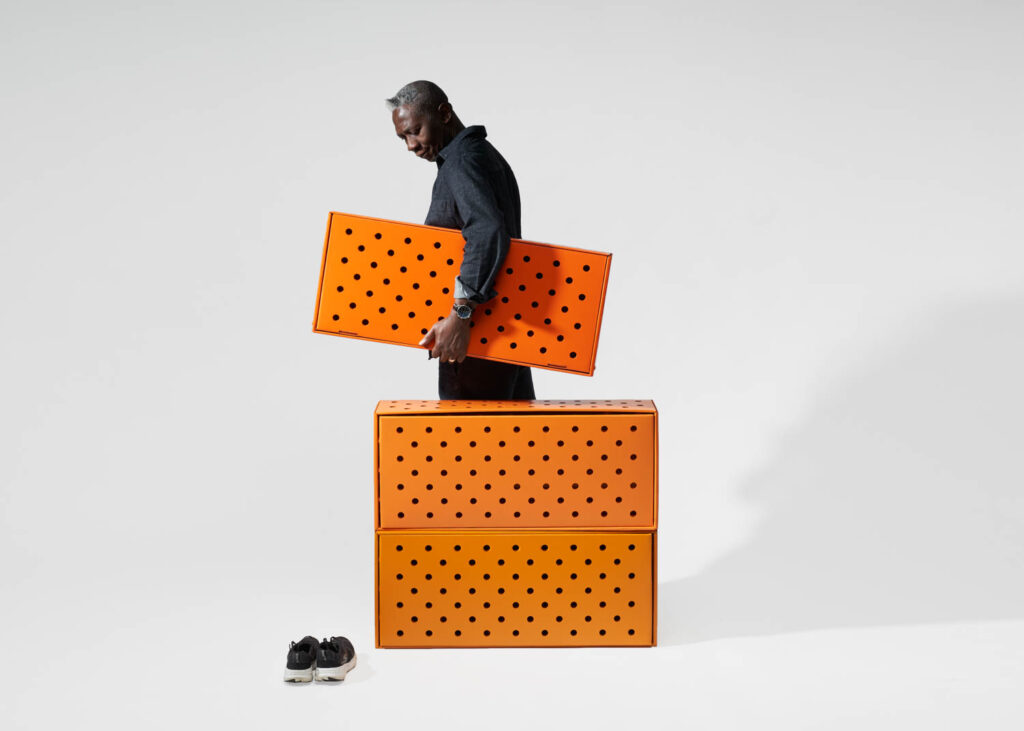
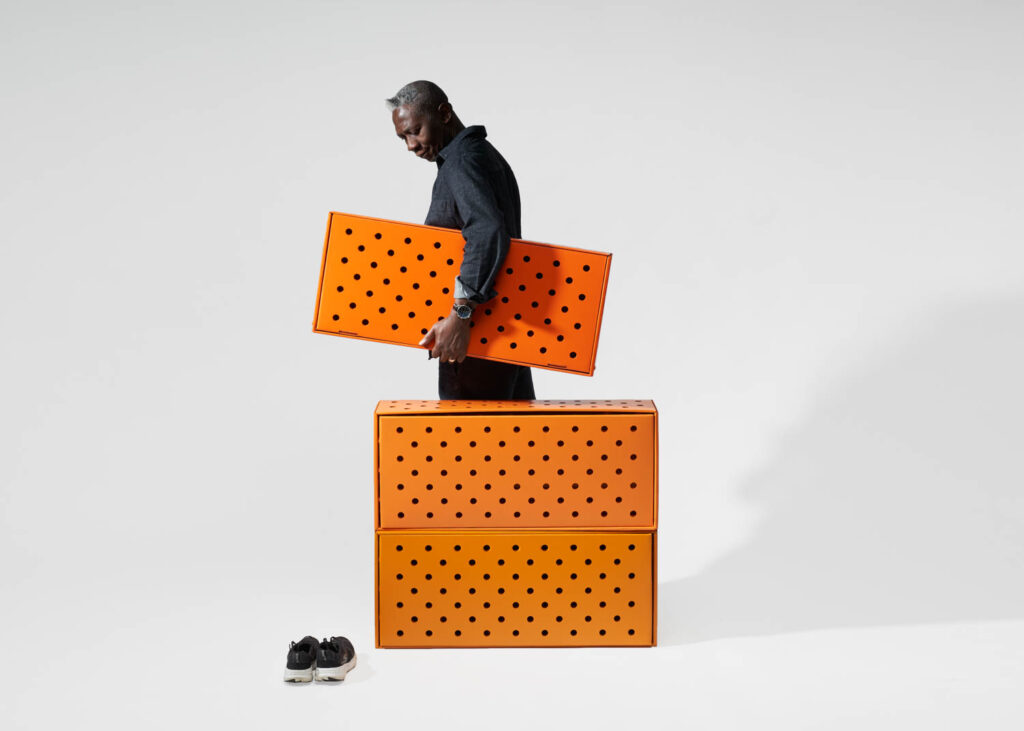
ID: Would you say architecture fueled your passion for product design?
CJ: Yes. I think the good thing is when you study architecture, you learn about spaces, you learn about structure, you learn about interiors, you learn about exteriors, so it’s a good education to be creative. A lot of my friends and I are not doing architecture. They’re doing other things. But I did give architecture a chance. When I was in England, I was already working in offices, architectural offices. I actually came here to work for a famous architect called Calatrava, and he does amazing structural buildings. I was working for him and for other architects, but I never enjoyed architecture. No. Because it’s always too big and there’s too many people involved. It takes five years to get it built. I didn’t have the patience for it.
ID: Living between Europe and Africa, how would you describe the architectural and creative scape between both continents?
CJ: Switzerland is a very special country because they don’t have any resources; they don’t have any oil, they don’t have anything, so they’re very good at making the most of what they have. A fantastic quality. They’re very good in detail. They work on small scale detail. So I like that. Somehow that reminded me of my youth when I was in Nigeria. [Creating] things by myself. So that’s one link I can make. Otherwise, it’s just so completely different; they are so different. But I think this difference is a good impulse because obviously you stand out because everybody looks different and also you think differently. Merging the two together is to merge their love for detail and our love for experimentation together. That’s, for me, what I’ve benefited from.
ID: What inspired the concept of your product Bukan?
CJ: Well, Bukan is very strange, actually. I was looking through a book and I saw a kangaroo, which likes carrying its baby in its pocket, and I thought: This is a nice idea, something like a mother carrying its baby. This idea of a baby turned into this. Don’t ask me how [it] turned into this cross. It’s just the idea of a pocket. So I thought of a pocket, and then it turned into four pockets and it turned into a cross because of the possibilities of actually putting things inside it. It came after lots of drawings, the idea of a kangaroo carrying a baby in their pocket.
ID: Is it challenging balancing academic life with your creative career?
CJ: I always teach part time. I never teach full time. I’m still teaching architecture, which is very beautiful because I learn from it. It’s also quite good because you keep in touch with the youth. Young people are the future, so that keeps you young. I teach 22- to 25-year-olds. Also, with my teaching, I travel a lot with my students, so that keeps me in touch with different things.
ID: How has the culture of place between Nigeria, England, and Switzerland shaped your work as a designer?
CJ: I think the influence they’ve had on me is teaching me to adapt because you have to be able to adapt. Also teaching me to look. I think if you live in different places, you tend to look a bit more specifically. You look at things because you have to listen a lot, understand a word. So I had to listen. And when you’re listening, you’re listening. I’m always looking at things. I’m always looking and questioning and looking because I didn’t come from here. I could almost reject myself because nobody knows who you are. You could actually pretend to be somebody else; pretend to be a designer or pretend to be an architect. You could always reinvent yourself in your place so you’re looking and you’re reinventing. You can decide to be something else because nobody knows who you are, which is very beautiful—to keep evolving.

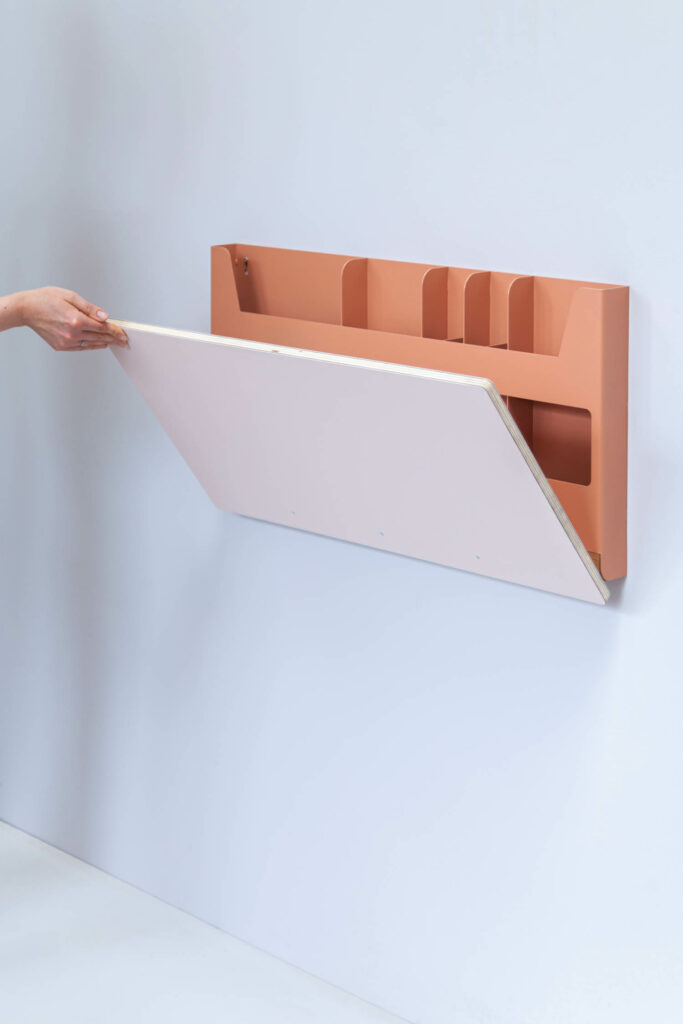
ID: How did you start your design firm?
CJ: Everything is more or less by accident. I mean at first, I left Nigeria. I lived in Scotland, then I lived in Paris, then I found myself in Zurich. Everything I do is never planned. So basically, not doing architecture wasn’t planned. Doing design wasn’t planned because I’m so flexible. I adapt to new situations and tried designing. Many years, I was winning competitions. At the beginning, I was winning nothing. I used to have a diary, and I used to ask: When am I going to win a competition? And then I found a producer. Then [I asked]: When am I going to get something produced? It’s always questioning, questioning, questioning. At the beginning, it was quite tough because nobody knows you. I was spending all my money on products. I was so convinced I was doing the right thing. So I’d design, I’d make a prototype, photograph it, then try and get it published in a magazine. For me, designing was just one part, making it visible was the other part. I was investing money in making beautiful prototypes and then paying somebody, a professional photographer, to take a picture. All that is very important, like selling an idea is very important. I invested a lot of money in selling the idea, and I think that helps a lot. But then you have to show it. People have to know that it’s there, and if they don’t know it’s there, then they never know and decided to begin the firm.


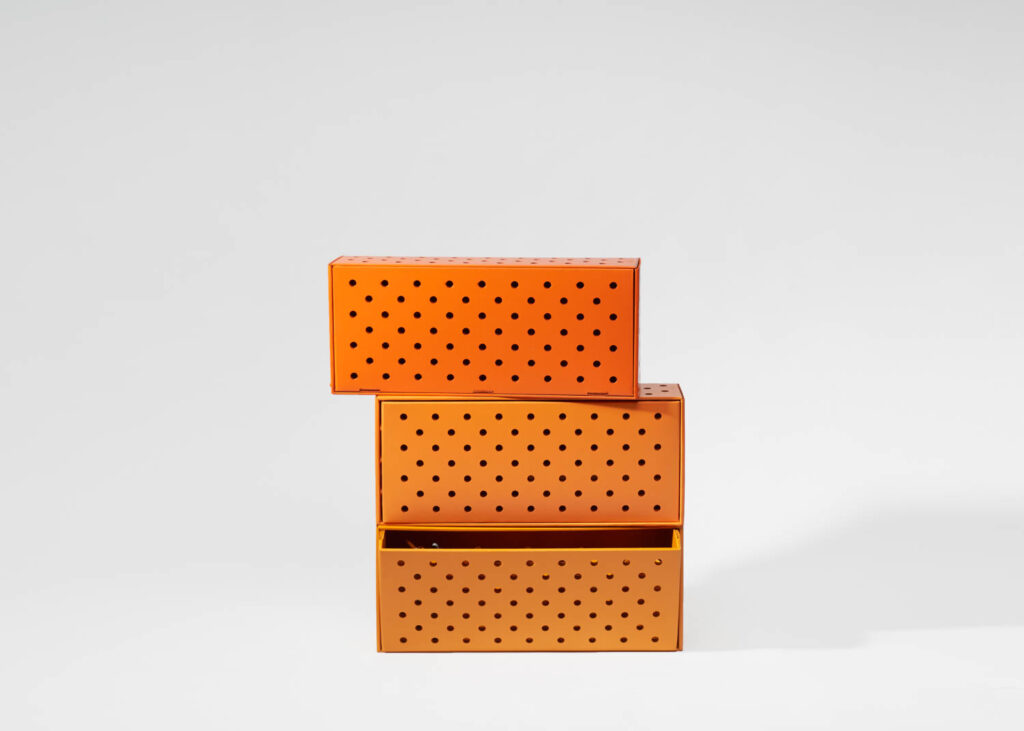
ID: What do you love most about design, what makes you so happy to do it?
CJ: I think it’s the challenge of doing something in my studio and then maybe a year later somebody can buy it in a shop. It’s just the idea of actually having an idea, which is very private. You art-board model, then you make a prototype, and then you find somebody to produce it and they put it in a shop and then somebody can buy it. I mean, every time I see my product in a shop, I’m blown away because I think: Wow, somebody’s actually picked it. I’m very proud.
ID: What does your typical day in the studio look like, how do you go through the imperfections of creating an object?
CJ: Well, my day [begins] with deep sketching. Like this diary; I have thousands of them. And I constantly draw.
When I think [an idea] is not good, I draw and I draw. Then when I think it’s good, I make a cardboard model, one to one, and I look at it for weeks and think about it and redesign it. It’s very organic. Sometimes [the process] goes very slowly or very fast. But I do two or three things at once. It helps me assimilate both works. If I get stuck on this one, I go to the next one.

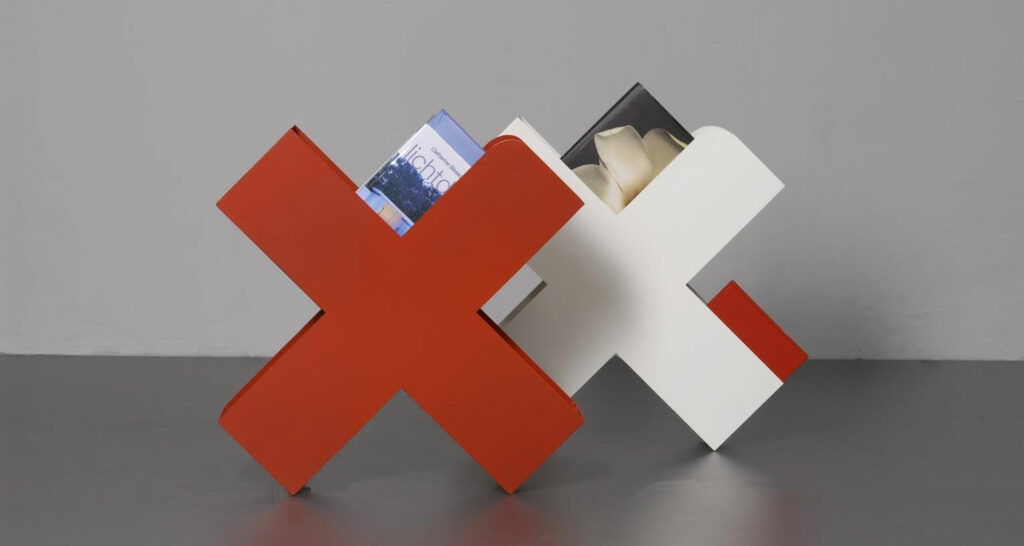

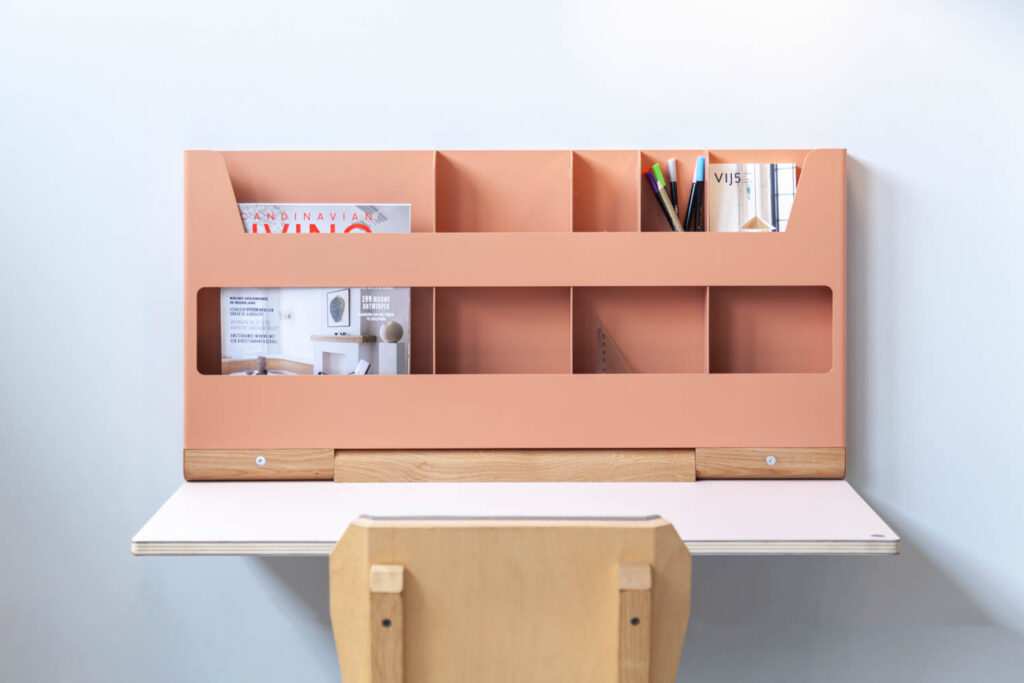

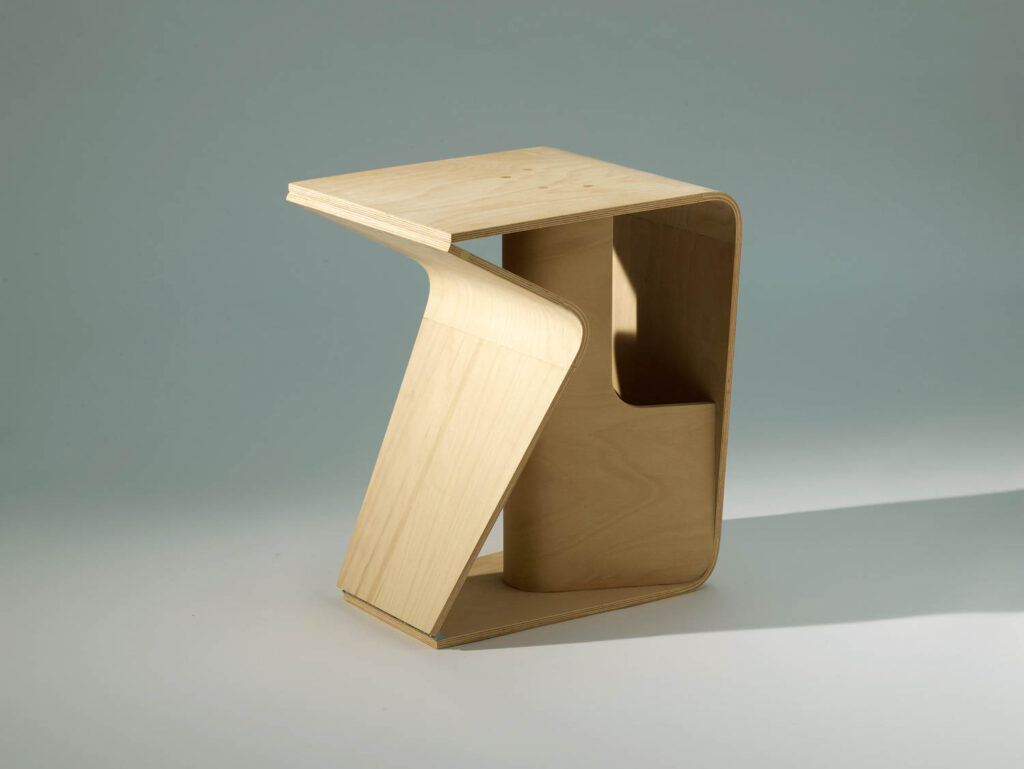
read more
DesignWire
8 Biennale Installations Explore the Social Impact of Architecture
The 2023 Venice Architecture Biennale considers themes of inclusion and the built environment. Explore these eight memorable, immersive installations.
DesignWire
10 Questions With… Lani Adeoye on the Multifaceted Nature of African Design
Learn more about Nigerian-Canadian designer, Lani Adeoye, who works to deconstruct monolithic conceptions about African design.
Projects
Carbone Interior Design Balances Art Deco and Modernist Influences at This Hotel in Zurich
The Neues Schloss Privat Hotel charms guests with Art Deco and Modernist vibes with interiors by Carbone Interior Design.
recent stories
DesignWire
10 Questions With… Painter Daniel Rich
North Carolina and Berlin-based painter Daniel Rich shares the details behind his geometric interiors and what he sees inside architectural forms.
DesignWire
Behind the Mic: Get to Know Jeremiah Brent
What does Jeremiah Brent, interior designer and host of the Ideas of Order podcast, have to say about home? It turns out, quite a lot.
DesignWire
Design Icon and Hall of Famer Gaetano Pesce Dies at 84
Gaetano Pesce, a visionary designer, artist and sculptor who enchanted the world with his unique sense of materiality, has passed at 84.

